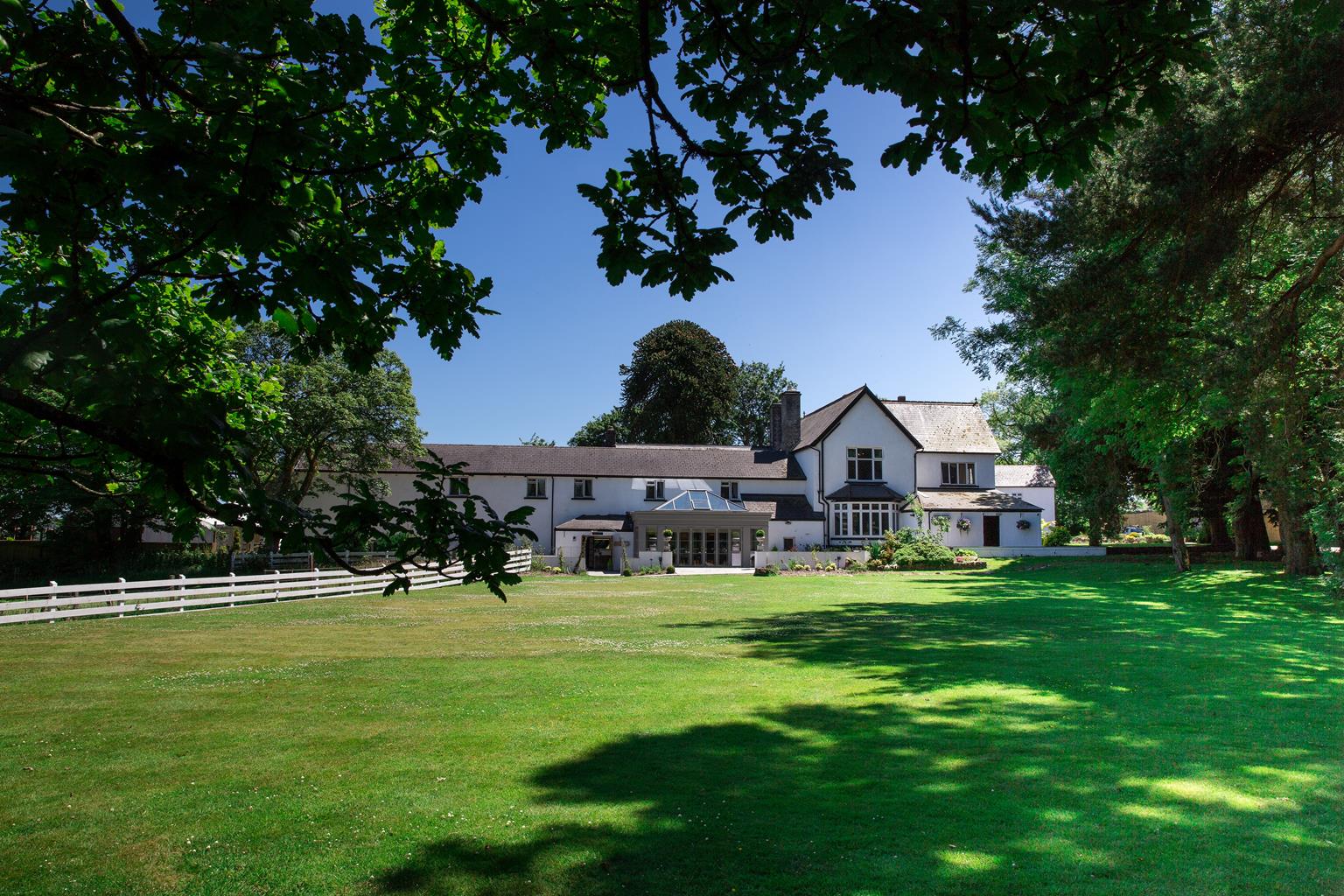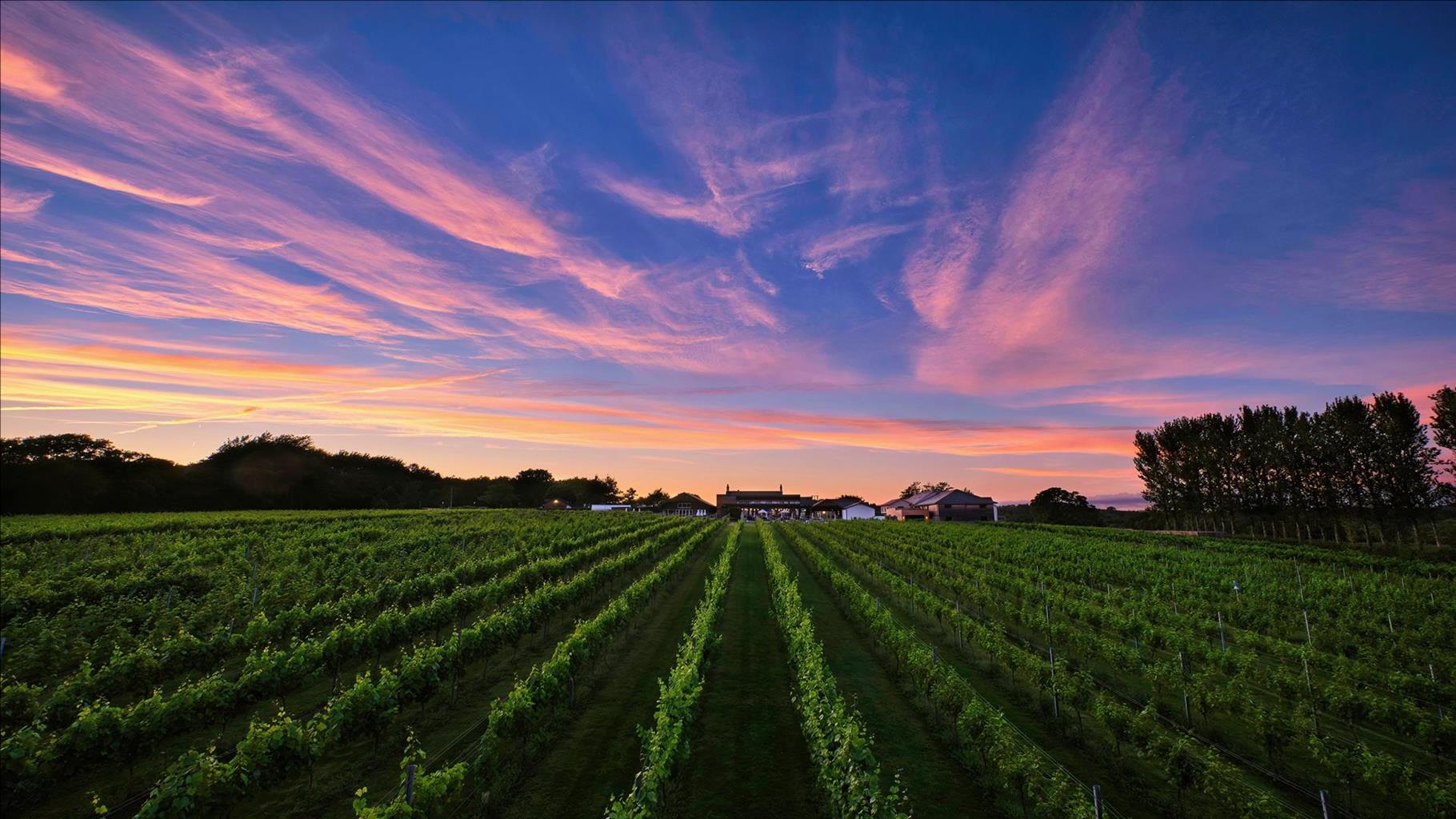Surrounded by its own mature parkland and 18-hole golf course, the impressive Bryn Meadows hotel…
Our View
Caerphilly Castle so big, it’s best to appreciate it from a distance first, taking in the vast outer walls, the lakes and the inner concentric castle itself. After 1066, the Normans established themselves in southern Wales, building castles to defend against Welsh aggression. One such castle was Caerphilly. Work started in 1268, funded by the wealthy baron Gilbert de Clare, Earl of Gloucester and Hertford. Two years later, Prince Llywelyn attacked. How much damage was actually done to the fledgling castle is not known, but de Clare ordered that building should be completed as soon as possible. When Llywelyn attacked again in 1271, he was repelled. The castle itself comprises a rectangular enclosure with outer and inner walls. The inner walls contain two great gatehouses and the remains of the great hall and domestic areas. The outer walls, well-fortified with towers and gatehouses, gave additional protection to the inner ward, and were surrounded by a moat. Beyond the moat to the east lay a further complex of defences in the form of great walls studded with towers. The artificial lake lent protection to the north and south sides, while a walled island defended the west. After the death of de Clare’s son, Caerphilly passed to Hugh Despenser, the favourite of Edward II. Edward himself took refuge here from his estranged wife and her lover, although he was forced to flee when she besieged the castle, leaving behind half his treasure and most of his clothes. Oliver Cromwell ordered Caerphilly to be slighted during the English Civil War. After the Civil War was over, local people stole Caerphilly’s stones to build houses, and subsidence caused one of its towers to lean dramatically to one side.
Facilities – at a glance
Dogs allowed
Features
- Suitable for children of all ages
- Parking onsite
- Facilities: Video presentation, portable induction loop, disabled drop off main entrance
- Accessible toilets
- Open all year
- Opening Times: Open all year, daily Mar-Jun & Sep-Oct, 9.30-5; Jul-Aug, 9.30-6; Nov-Feb, Mon-Sat 10-4, Sun 11-4 (last admission 30mins before closing). Closed 24-26 Dec & 1 Jan
Also in the area
About the area
Discover Caerphilly
Bordering Cardiff and nestled among six counties, Caerphilly’s main claim to fame is its largest town. The town of Caerphilly has produced two great things – a castle and a cheese. The enormous castle is one of the best preserved specimens in Wales, second only in size to England’s Windsor. The site incorporates magnificent remains of its original water defences and most of the inner, middle and outer walls. Work on it began in 1268 by Richard de Clare, Earl of Gloucester and Hereford, to defend his lands against the Welsh. It survived unscathed until the Civil War, when explosives used by besieging Parliamentary forces gave the southeast tower its precarious lean.
Caerphilly is also famous for its crumbly white cheese, which rivals other big names such as Cheddar and Leicester for taste and uniqueness. During the summer the town hosts The Big Cheese festival. In winter there’s the Festival of Light, which involves a procession with hundreds of lanterns through the centre of the town.
Nearby stays
Places to Stay
Dining nearby
Restaurants and Pubs
Why choose Rated Trips?
Your trusted guide to rated places across the UK
The best coverage
Discover more than 15,000 professionally rated places to stay, eat and visit from across the UK and Ireland.
Quality assured
Choose a place to stay safe in the knowledge that it has been expertly assessed by trained assessors.
Plan your next trip
Search by location or the type of place you're visiting to find your next ideal holiday experience.
Travel inspiration
Read our articles, city guides and recommended things to do for inspiration. We're here to help you explore the UK.















